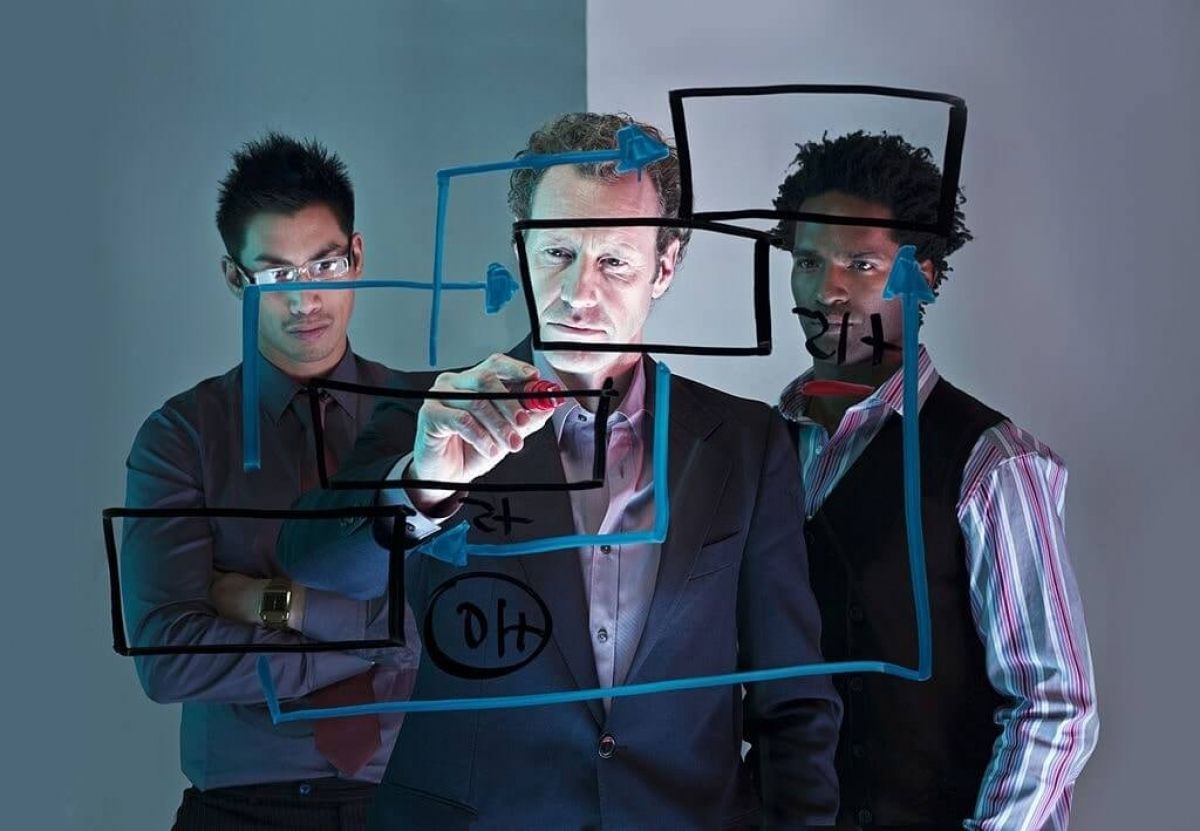We specialise in serving headquarters of global brands, helping them cut complexity costs in strategy execution across markets and fulfil their corporate role as scale economisers and advantage accelerators. Leverage our consulting expertise, technology solutions and remote talent resources to create organisational simplicity, scalability and efficiency in multi-market operations.
Transforming global brand marketing, creative and eCommerce function into a competitive advantage
 (EMEA) 14 markets
(EMEA) 14 markets
 (EMEA) 47 markets
(EMEA) 47 markets
 (EMEA) 17 markets
(EMEA) 17 markets
 (WHQ)
(WHQ)
Digital transformation, though a now a commodity buzzword in the industry is actually happening. You, me, people around us are driving and perpetuating it through changes in behaviours in regards to our consumption and our rising expectations. Whether it is question of consumption of news, music, film, knowledge, our behaviours have changed. Imagine when was the last time you went on a trip and actually had a paper map? When was the last time you actually went to a travel agency and booked a holiday from there and not online? Now, if you're a brand you would need to asses what did the technology change in your customers consumption patterns? And in which phase? For many brands, transformation was not a disruption. In a sense that some elements of the consumer buying journey have been changed and transformed while others have remained the same - and pivotal how one consumes the product / service remained untouched. You should spend some time thinking how does the consumer search, find, acquire, consume, dispose of your product / service now and how has it changed. Which phase of the journey has changed and how deep was the change? Meaning how many dimensions did the change happen? And which dimensions are those? Did people stop listening to music altogether or they've changed how they consume it. Where will the change go from here? That pivotal question is hard to answer but a 'north star' should be 'convenience'. One thing we can count on is that people will look for more, not less, convenient ways to consume. Also, easy bet is that they will use more technology not less and everything that this vertical brings with it.
Which phase of the journey has changed and how deep was the change?Map out digital brand touch-points - present and future ones within your customer journeys
Mapping out potential digital brand touch-points is no easy business. This requires quite a deep understanding of both past consumption patterns and anticipation and strategic insight in what might next ones look like. For a strategic insight into how consumption patterns might change, again, it is required to have a broad overview of industries and economics of technology changes and an overview of potential influences. For that you would also need to have an overview of technology, within and outside of your industry. For example, right now you might be dominating the digital brand pre-purchase phases, but you might be failing or not being up to the game in the post-purchase phase. Your communication might be adopted to some extent to digital channels and digital purchasing but you might be disregarding post-purchase distribution of products bought online via digital and that's where just the weak spot might be. Convenience in search phase which you might dominate as a brand through massive media / branding position, might be offset by convenience of delivery / distribution of products / services of your competitors. While you're thinking of a premium brand expression on your eCommerce outlet, somebody might be thinking how to leverage Uber for faster and more convenient deliveries.
Convenience in search phase which you might dominate as a brand through massive media / branding position, might be offset by convenience of delivery / distribution of products / services of your competitors.

Align the internal organisation - people, processes, skills and resources
Now by outmost, this is the slowest part of change I'm seeing. While many people knowing that they have to and should change something, some even know how, but very few are actually doing it. This is very true for large corporations, Brand HQs which should be but aren't driving the change of mindset. Now, I've never worked in a corporate so I might not be the best one to give an opinion but I have clients, friends and business acquaintances in many and it is quite interesting to see how they react to changes around them. As a close outsider, with understanding of internal politics, matrix structures, internal cultures, organisational design, I can imagine it's hard to drive change internally.
Article Below

 Boris Ziegler
Boris Ziegler